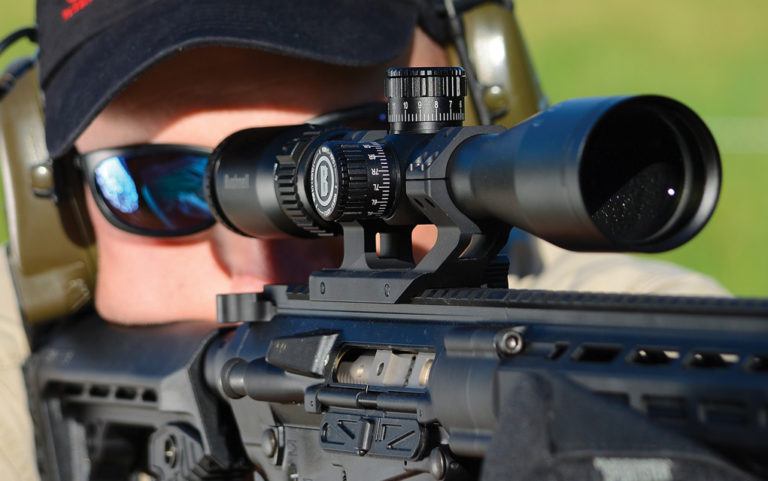
Informal tests might suggest an AR's gas system is to blame for a carbine's issues, but there are false positives that can muck up troubleshooting efforts.
What AR issues mimic gas system problems:
- Dirty extractor, bolt face, ejector and bolt carriage group can fail to function.
- Underluberication accelerates how quickly components get dirty and malfunction.
- Mismatched buffer and buffer spring can make a rifle seem over or under gassed.
- Buffer spring weakens and does not eject cases with the force it did when new.
- Buffer weight can affect how a rifle cycles.
Editor's Note: This is the third article of four-part series dealing with direct impingement operated ARs and troubleshooting the gas system. Please check out Part 1 and Part 2 of the series.
A direct impingement system is a just that — a system — with multiple factors that can influence performance. Stoppages that might be attributable to a gas issue can be caused by something else, so let’s consider some other major variables that might skew the two previous test results and give you a false positive on the failure of your gas system.
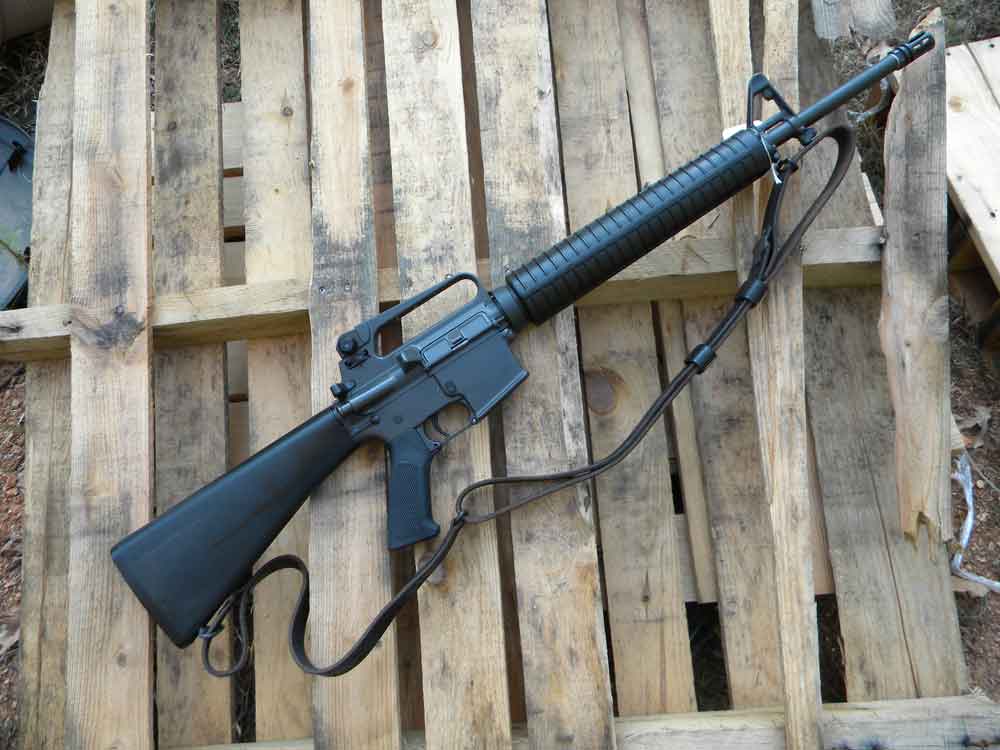
Adequate Bathing Required
When was the last time you cleaned and lubricated your AR? Yes, I know this sounds like the IT guy at work telling you to turn your computer off and back on to fix a software problem. But in this case, examining the cleanliness and lubrication of the action is critical.
The downside of the direct impingement gas system is that it dumps hot, dirty exhaust gas through the action — the specific area that needs to stay the cleanest and most lubricated. Many have likened this design element to “flushing the toilet through the living room” or other such unsavory analogies. The problem is, it’s true.
The hot gases, carbon and unspent powder running through the action are an unavoidable byproduct of the design. Worse, the hot gases bake the carbon onto the metal, ultimately changing the geometry of the parts and impacting how they interact. Add to this any dust and debris the action picks up from wherever you’re firing, and you truly have a “hot mess” on your hands.
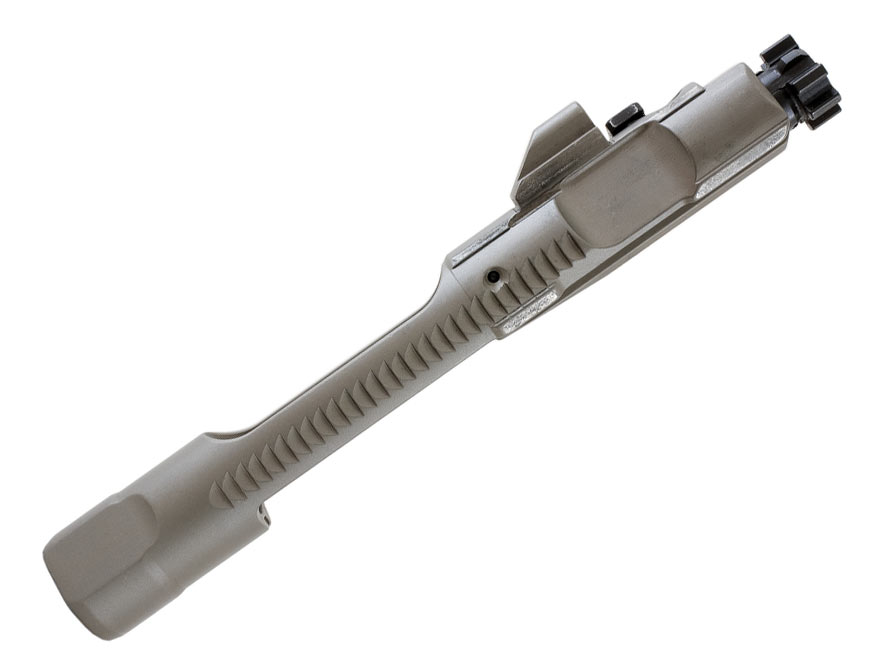
The most problematic areas are the spaces between the extractor and the bolt face. If this spring-loaded part cannot get over the rim of the cartridge to gain purchase, the AR will frequently or completely fail to extract the spent casing. The same is true of the ejector. In short, if these parts cannot work nearly simultaneously and in concert with the cycle of the bolt carriage group, the casing will eject poorly, inconsistently or not at all. These two areas must be examined regularly for contamination and carbon build-up.
Excess contamination also creates additional friction that impedes the bolt carriage group from cycling at the proper speed and force, which can prevent the bolt from fully reaching its rear-most point of travel and locking to the rear. It may also just slow the bolt enough to make it look like the ejection is weak. So, before you grab a wrench and go diving into your gas system, thoroughly clean your rifle, and make it a habit to use a high-quality lubricant and keep these parts clear of debris.
Buffer Spring Replacement
The second most common culprit behind a false positive on a gas system failure is a weakened or mismatched buffer and buffer spring. These two parts, depending upon their configuration and condition, can exhibit symptoms of an over- or under-gassed system.
If you have a reliable AR that, over time, starts throwing rounds nearer to the 1 o’clock position in the angle of ejection test, it may just be time to replace the buffer spring. Buffer springs are made to reliably cycle thousands of rounds, but like any metallic part put under stress, they weaken over time. If your rifle has functioned reliably for a reasonable amount of time before showing gas-related symptoms, it’s probably a combination of the spring weakening and the gas port diameter widening slightly over thousands of rounds. The result is higher pressure on a weaker spring, resulting in greater force to the rear and a more violently ejected casing.
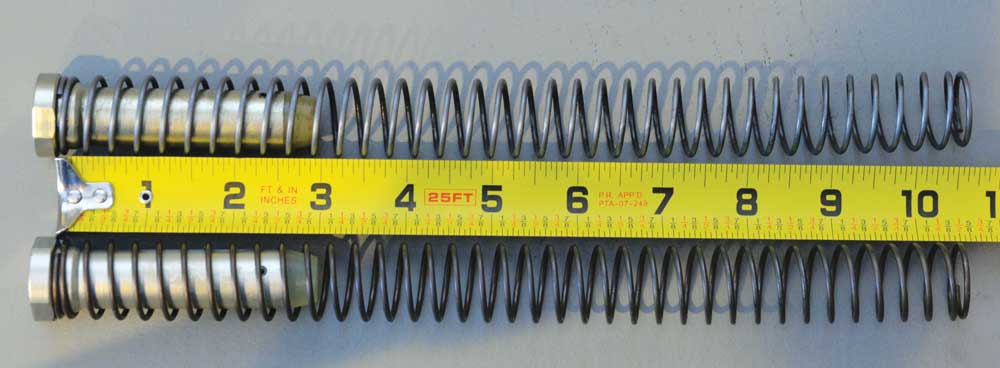
A buffer spring is a cheap fix, usually $10 or less. Though exact specs can vary, particularly among custom race guns, a carbine-length buffer spring will be around 10½ inches new, and shouldn’t be any shorter than 10 inches after extended use. If yours is, and the gun is running hot — meaning it’s over-gassed — spend the change out of your ashtray and buy the new spring.
Note: Be sure to buy the correct buffer spring for your AR. A carbine length spring will have about 37 coils, give or take — count them as well as measuring the entire spring. In contrast, a rifle-length buffer spring will be about 12¾ inches new and is a candidate for replacement when it shortens through use to less than 12 inches. Also, a rifle-length buffer spring will have about 43 coils.
The carbine and rifle buffer spring lengths are not interchangeable, and it’s inadvisable to try. A buffer spring is a cheap fix, or at least the elimination of a variable, so buy one, test it in your clean AR, and you may likely solve your problem.
Buy A New Buffer
For about twice the cost but still less than $20, you can replace your buffer. Keep in mind, a heavier or lighter buffer can be used to tune the felt recoil of your AR system, and some shooters get picky about this part.
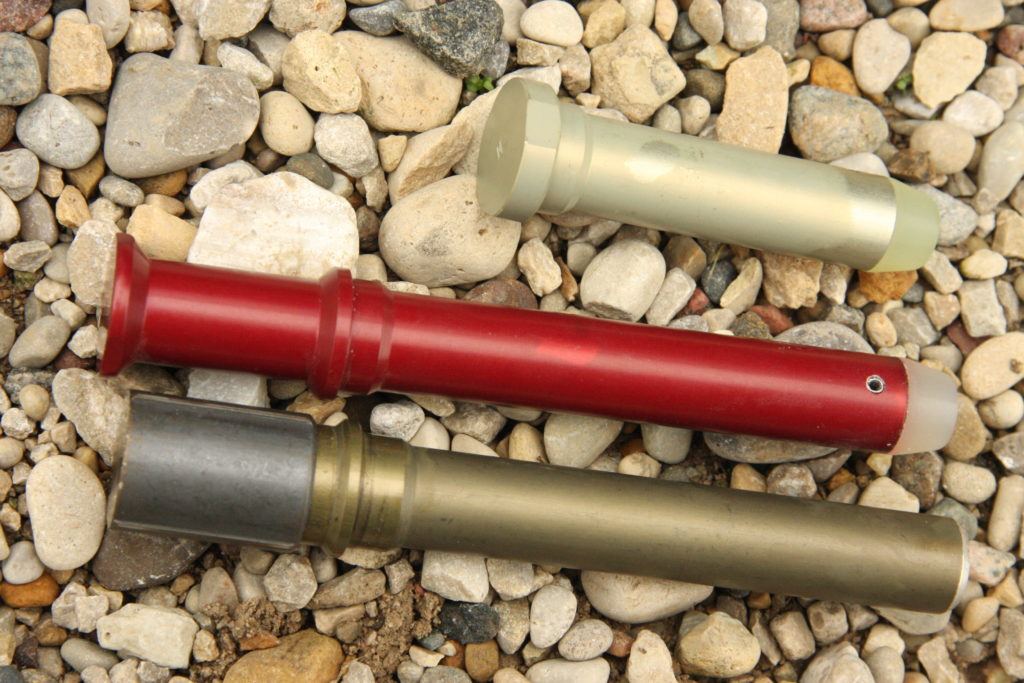
In its simplest form, the buffer is a counterweight to the force of the gas imparted to the bolt carriage group, and it’s a device to compress the spring uniformly and alternatively press the bolt forward. For the average shooter, it’s not a particularly worthwhile place to get fancy unless you’re tuning for subsonic rounds or building a race gun.
A standard buffer, a little lighter or heavier depending on how your new spring performs the angle of ejection test, is OK — but over-doing experimentation with this part of the troubleshooting can be low-yield, if not downright irrelevant for a general-purpose AR.
Editor's Note: The article originally appeared in the May 2018 issue of Gun Digest the Magazine.

Next Step: Get your FREE Printable Target Pack
Enhance your shooting precision with our 62 MOA Targets, perfect for rifles and handguns. Crafted in collaboration with Storm Tactical for accuracy and versatility.
Subscribe to the Gun Digest email newsletter and get your downloadable target pack sent straight to your inbox. Stay updated with the latest firearms info in the industry.

![Best Concealed Carry Guns In 2025 [Field Tested] Wilson Combat EDC X9S 1](https://gundigest.com/wp-content/uploads/Wilson-Combat-EDC-X9S-1-324x160.jpg)


![Best 9mm Carbine: Affordable PCCs [Tested] Ruger Carbine Shooting](https://gundigest.com/wp-content/uploads/Ruger-Carbine-Shooting-100x70.jpg)
![Best AR-15: Top Options Available Today [Field Tested] Harrington and Richardson PSA XM177E2 feature](https://gundigest.com/wp-content/uploads/Harrington-and-Richardson-PSA-XM177E2-feature-100x70.jpg)
